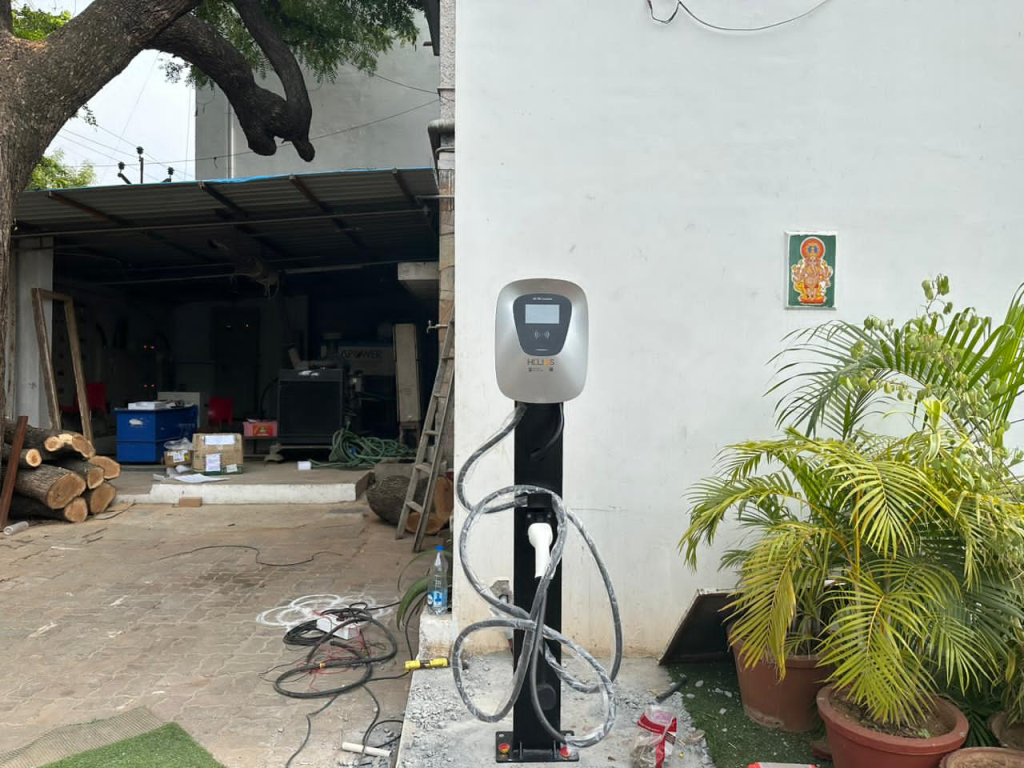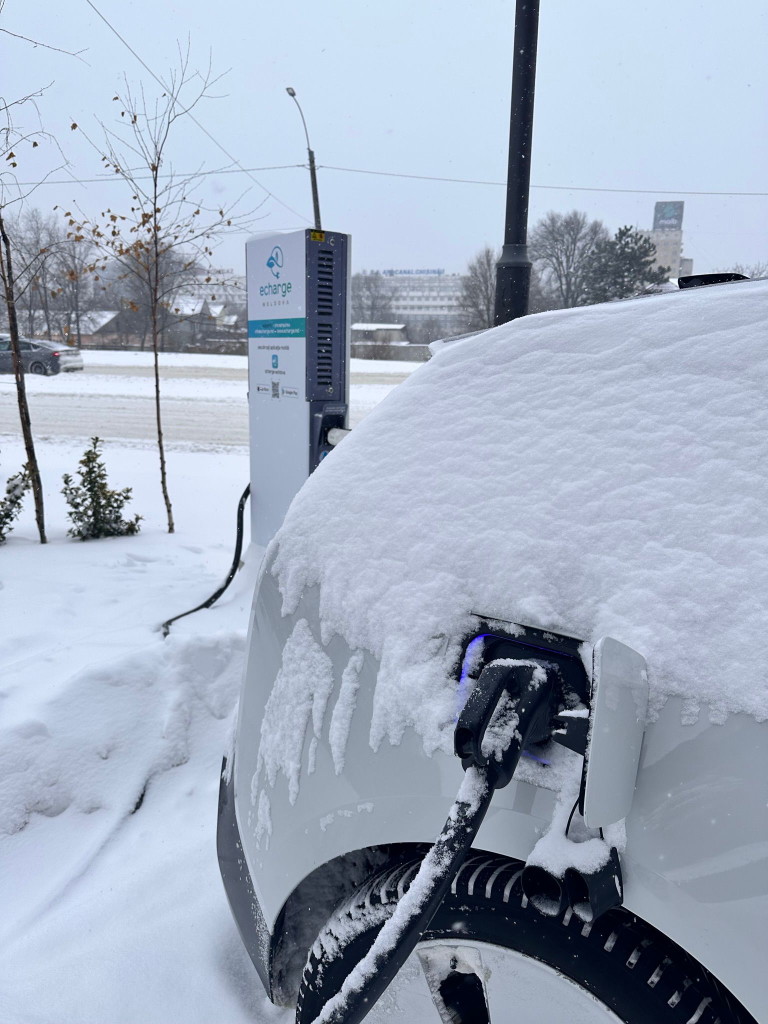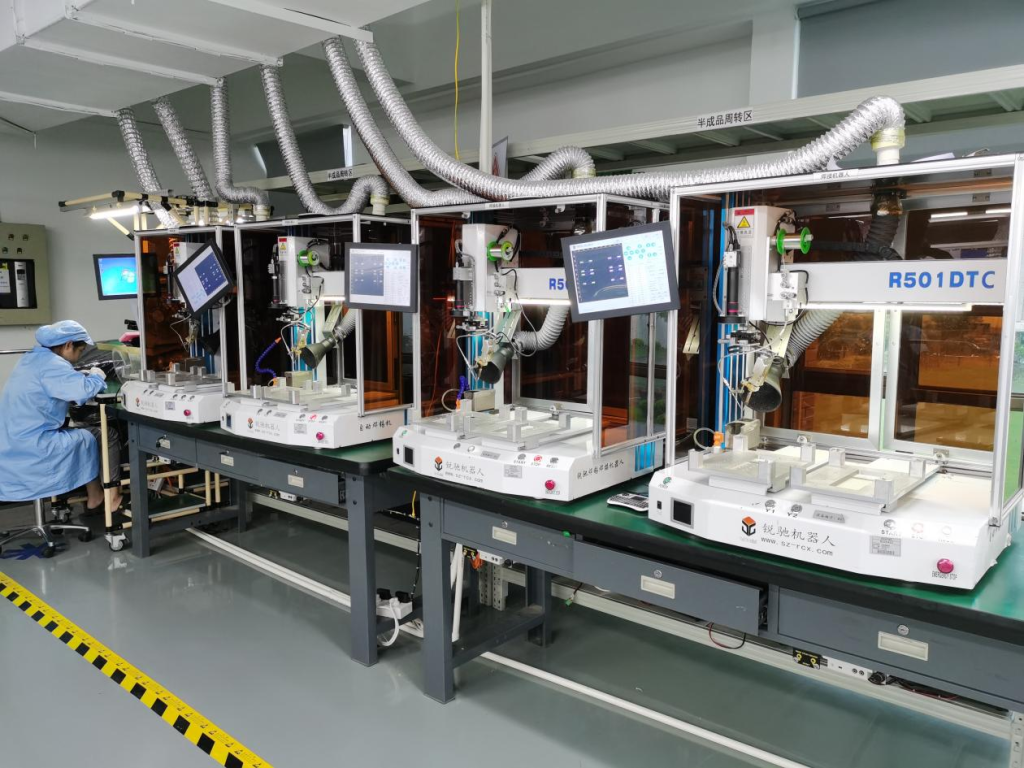
Products
Fast, Reliable, Everywhere

Solutions
Efficient, Innovative EV Charging Solutions.
News
We are committed to the innovation and application of EV charging.
Are you looking for the best way to maintain your home EV charger?
This guide will cover key aspects of maintaining your home EV charger, answer common questions about charger upkeep, and provide practical tips to keep your charging equipment in top condition.
Whether you're a new EV owner or an experienced driver, these tips will help you manage and use your charging equipment effectively. Ready to learn how to better maintain your home EV charger? Let’s get started!
Maintaining your home EV charger is crucial for several reasons. It extends the lifespan of the charger and ensures a safe and efficient charging process.
According to the International Energy Agency (IEA), regular maintenance can increase the lifespan of EV chargers by over 20%.
Proper maintenance helps prevent cable wear, plug damage, and other physical issues that could lead to fire or electric shock hazards.
Regular inspections and cleaning also ensure the charger operates efficiently, reducing charging times and saving energy costs.
Therefore, ev charger maintenance is a responsibility that every electric vehicle owner should take seriously.
Common problems with EV chargers include damaged plugs, decreased charging speed, and overheating. These issues often result from insufficient maintenance.
A damaged plug can cause poor connections, leading to electrical faults or fire risks.
Reduced charging speed might be due to wear or dirt in the charging port or cable, which obstructs electrical flow.
Overheating can occur from excessive use or poor ventilation, affecting charger performance and potentially harming the vehicle’s battery.
Understanding and addressing these issues is vital for maintaining the safety and functionality of your home EV charging station.

Regular visual inspections are the first step in EV charger maintenance.
Check the cable, plug, and charging port monthly for any signs of physical damage, such as cracks, wear, or discoloration.
Early detection of issues can prevent minor problems from escalating into major failures.
For home EV charging station maintenance, identifying and addressing problems early is key to minimizing repair costs and ensuring safe charging.
Keeping your charger clean is essential for maintaining its efficiency and safety.
Use a soft, dry cloth to clean the charging port and cables. Avoid using harsh chemicals or water that could damage electrical components. Cleaning should be done with the charger unplugged to ensure safety.
Regular cleaning prevents dirt buildup, which can impede electrical flow and affect charging efficiency.
Weather can significantly impact your home EV charger. Extreme conditions, such as heavy rain, snow, and high temperatures, can damage the charger’s casing and internal components.
To protect your charger, consider installing a weatherproof cover or opting for indoor installation. If the charger must be placed outdoors, ensure it is sheltered from direct sunlight, rain, snow, and wind to reduce wear and prevent malfunction.
Piwin EV chargers use a high-quality mix of PC and ABS materials, which are UL certified for safety and durability. These materials offer excellent toughness and flame resistance, ensuring reliability. They can also withstand extreme temperatures from -40°C to 85°C, maintaining performance in various environments.

Many modern EV chargers come with firmware and software that can be updated through smartphone apps or computers.
For instance, the Piwin Cloud APP allows real-time monitoring and scheduling of charging, providing smart diagnostics and remote maintenance.
Regular software updates fix bugs, enhance features, and ensure compatibility with new EV models.
If you experience charging issues, start with basic troubleshooting like checking power connections and restarting the device. Contact a professional if problems persist.
In addition to software updates, keeping your charger’s firmware updated is important. Firmware updates typically improve performance, fix bugs, and enhance security.
Piwin aims to achieve a defect rate of 0% by conducting thorough tests, including electrical cycle tests, UV aging, and extreme temperature tests before releasing firmware updates.
Updating firmware is usually simple, done via an app or computer, but make sure to power off the charger and ensure safety before performing updates.

While routine maintenance can address most issues, some situations require professional servicing.
For example, if cables are severely worn or plugs are damaged, a technician may need to replace or repair components. Research shows that home EV charging stations with regular professional maintenance experience 50% fewer failures compared to those without.
Piwin provides responsive customer support and technical assistance, ensuring inquiries and concerns are resolved within 24 hours. Our professional maintenance checks help identify potential issues, prevent failures, and keep your charger in optimal condition.
Maintaining your home EV charger is not only about extending its lifespan but also about ensuring a safe and efficient charging process.
By performing regular inspections, cleaning, updating software and firmware, and seeking professional maintenance when needed, you can keep your home EV charging station in excellent condition.
As a company specializing in energy solutions, we are dedicated to offering comprehensive and reliable EV charger maintenance services to help you manage and use your charging equipment effectively.
If you are interested in our services or have any questions, please contact our professional team. Together, let’s drive a greener future.
1.Q:What is the best charging routine for EV?
A:Charge when the battery is between 20% and 80% for the best battery health.
2:Q:Should I charge my EV to 80% or 90%?
A:It's best to charge to 80% to prolong battery life unless you need more range.
3.Q:Should I charge my EV every night?
A:Not necessarily. Charge based on your daily driving needs to avoid overcharging.
4.Q:Can weather conditions affect my EV charger?
A:Yes, extreme weather can damage the charger. Keep it sheltered from rain, snow, and heat.
5.Q:Can I use an extension cord with my EV charger?
A:No, it's not safe. Use a dedicated outlet for your EV charger to avoid overheating and fire risks.
